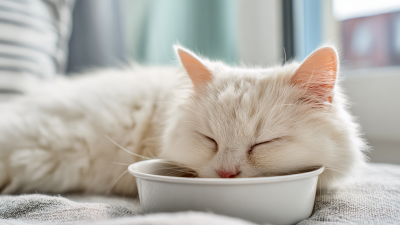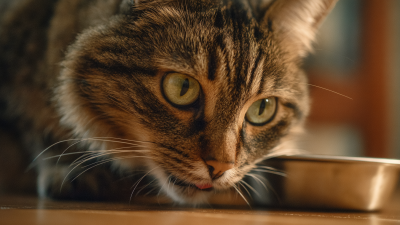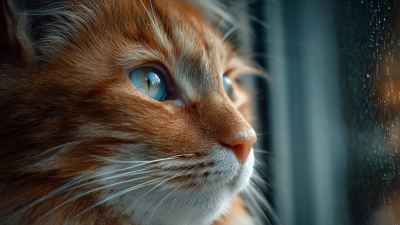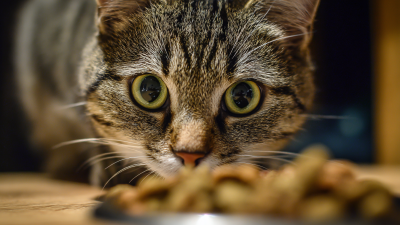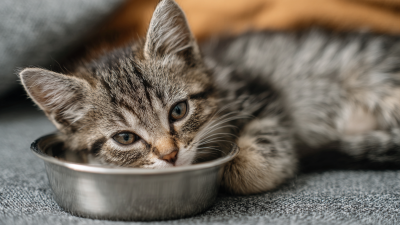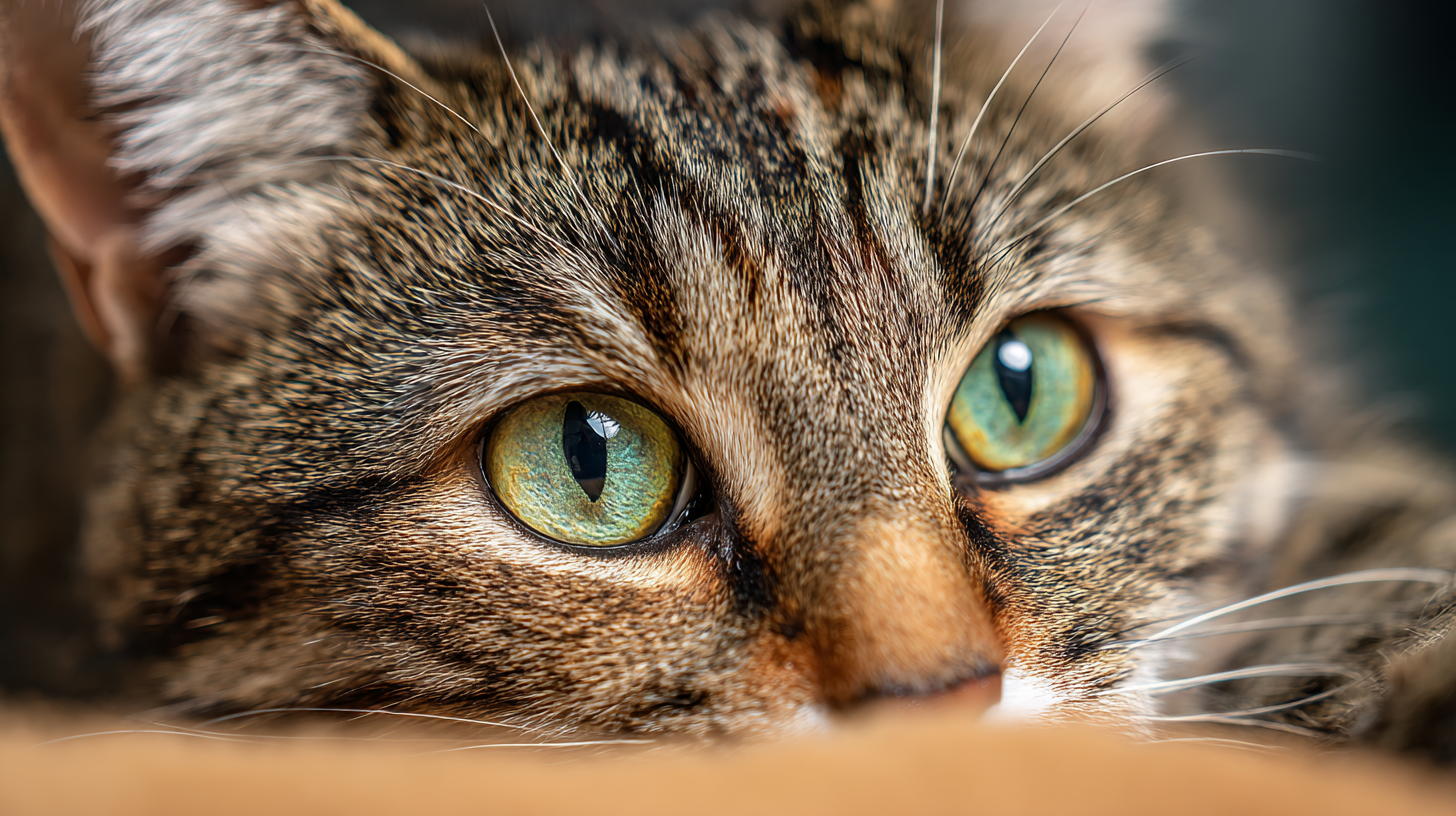 Recent studies illuminate the significant advantages of incorporating Wet Cat Food into feline diets, revealing that a substantial 70% of veterinarians advocate for its use to enhance overall feline health. According to the American Animal Hospital Association, moist food contributes not only to proper hydration but also aids in preventing urinary tract issues, which are prevalent in many cats.
Additionally, the Association of American Feed Control Officials has noted that Wet Cat Food often contains higher protein levels and fewer carbohydrates than dry varieties, addressing the nutritional needs of various cat breeds more effectively. This growing endorsement from professionals underscores the importance of understanding how Wet Cat Food can unlock numerous health benefits, fostering
healthier and happier lives for our feline companions.
Recent studies illuminate the significant advantages of incorporating Wet Cat Food into feline diets, revealing that a substantial 70% of veterinarians advocate for its use to enhance overall feline health. According to the American Animal Hospital Association, moist food contributes not only to proper hydration but also aids in preventing urinary tract issues, which are prevalent in many cats.
Additionally, the Association of American Feed Control Officials has noted that Wet Cat Food often contains higher protein levels and fewer carbohydrates than dry varieties, addressing the nutritional needs of various cat breeds more effectively. This growing endorsement from professionals underscores the importance of understanding how Wet Cat Food can unlock numerous health benefits, fostering
healthier and happier lives for our feline companions.
Wet cat food offers significant nutritional advantages that can greatly enhance feline health. Rich in moisture content, wet food helps maintain hydration levels in cats, which is especially important for those that may not drink enough water. Proper hydration supports kidney function and urinary tract health, helping to prevent issues such as urinary crystals and infections. Additionally, the increased moisture in wet food aids digestion and nutrient absorption, ensuring that cats receive maximum benefit from their meals.
Moreover, wet cat food is often more palatable than dry food, making it an excellent choice for picky eaters or those with decreased appetites. The aroma and texture can entice cats to eat more, which is crucial for maintaining a healthy weight and preventing obesity-related issues. Furthermore, wet food usually contains higher protein content and fewer carbohydrates, aligning more closely with a cat's natural dietary needs as obligate carnivores. By choosing wet food, pet owners can promote better overall health, energy levels, and vitality in their feline companions.
This chart illustrates the percentage of veterinarians who highlight specific benefits of wet cat food, including hydration, protein content, palatability, weight management, and digestibility, showcasing the nutritional advantages for feline health.
Wet cat food plays a crucial role in maintaining optimal hydration for felines. Unlike dry kibble, which contains significantly less moisture, wet cat food is formulated with a higher water content, typically ranging from 70% to 80%. This added moisture helps cats stay hydrated, especially for those who may not drink enough water on their own. Adequate hydration is essential for various bodily functions, including proper kidney function and urinary tract health, which are particularly important in preventing common health issues in cats.
Moreover, wet cat food often appeals to finicky eaters, encouraging them to consume a sufficient amount of food and, consequently, more moisture. Flavors and textures available in wet food can make mealtimes more enjoyable, resulting in better overall nutrition and hydration. For kittens and senior cats, who may have specific dietary needs or difficulties with chewing, wet food offers a palatable and easily digestible option, ensuring they receive the hydration and nutrients necessary for healthy development and maintenance.
| Nutritional Benefit | Description | Impact on Health | Percentage of Veterinarians Who Recommend |
|---|---|---|---|
| Hydration | Wet cat food contains high moisture content, which helps keep cats hydrated. | Prevents urinary issues and promotes kidney health. | 70% |
| Palatability | Most cats prefer the taste and texture of wet food. | Encourages proper eating habits and reduces food aversion. | 65% |
| Digestibility | Wet food is generally easier to digest than dry food. | Supports overall gastrointestinal health. | 68% |
| Nutritional Variety | Available in various flavors and formulations. | Addresses specific dietary needs and preferences. | 72% |
Wet cat food is often touted for its benefits in maintaining overall feline health, particularly in areas such as dental health and weight management. The high moisture content in wet food helps promote hydration, which is crucial for maintaining kidney health and preventing urinary tract issues. Additionally, the soft texture of wet food can contribute to better dental health by reducing tartar buildup, although it’s important to note that wet food alone isn’t a substitute for routine dental care.
When it comes to weight management, wet cat food can be a beneficial choice due to its lower calorie density compared to dry food. Cats that consume wet food are often more satisfied with smaller portions, which can help control their overall caloric intake. This is especially essential for cats that need to lose weight or maintain a healthy weight.
**Tips:** To further enhance your cat’s dental health, consider incorporating dental treats or toys alongside wet food. Make sure to monitor portion sizes to avoid overfeeding, and always consult with your veterinarian to tailor a diet plan specific to your cat’s health needs. Transition gradually from dry to wet food to give your cat time to adjust to the new texture and flavor.
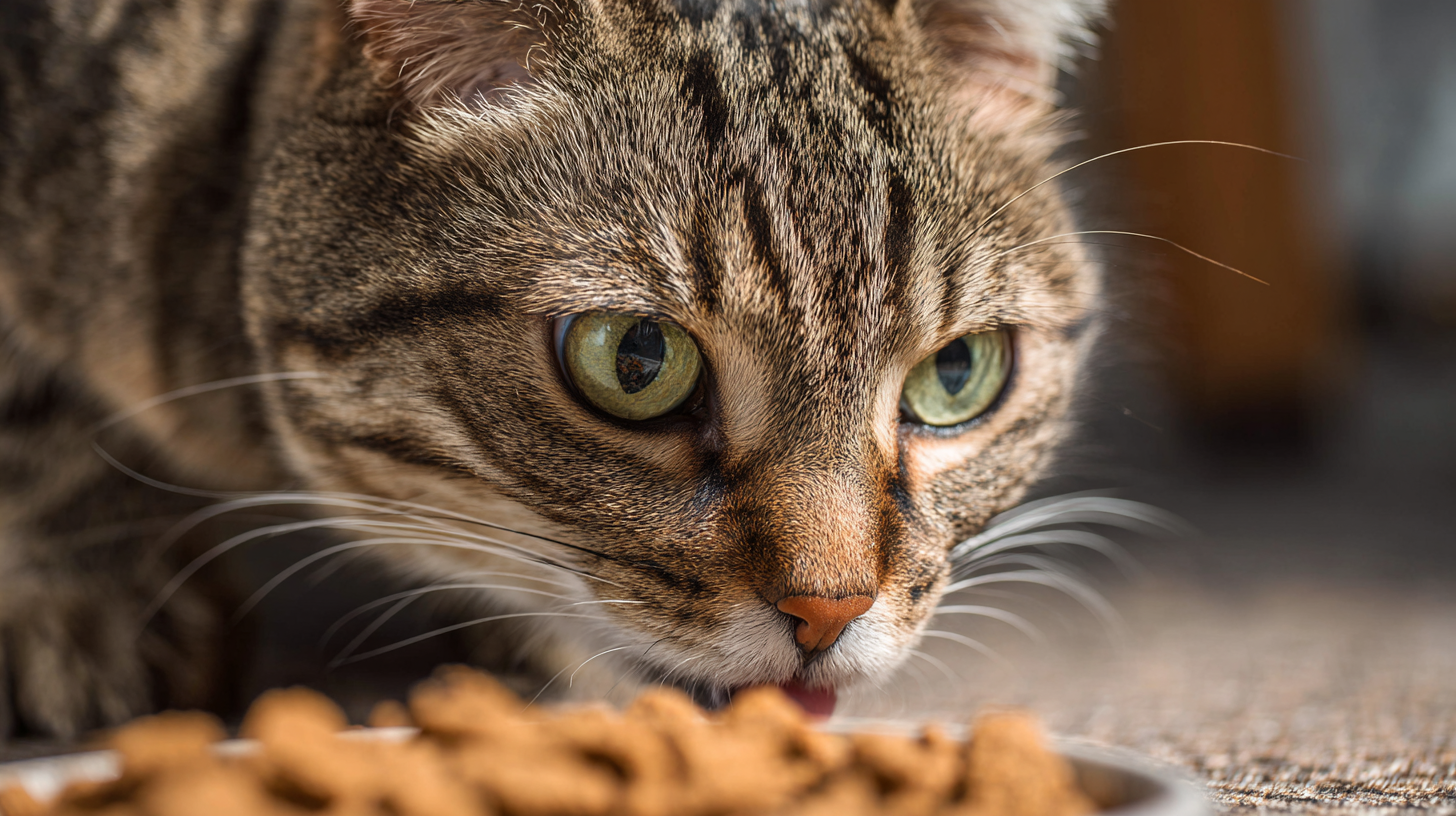
Veterinary insights highlight the growing preference for wet cat diets among cat owners and professionals alike. With a significant 70% of veterinarians recommending wet cat food, it's essential to understand the reasons behind this endorsement. Wet cat food is not only palatable but also provides critical hydration, which is especially beneficial for cats that may not drink enough water. This focus on palatability and nutritional value is supported by a booming wet pet food market, projected to evolve rapidly from 2023 to 2028, reflecting a shift in consumer demand towards healthier and more appealing feline diets.
Recent evaluations by experts emphasize that quality wet cat foods are rich in proteins and omega fatty acids, catering to the diverse needs of kittens, adults, and senior cats. These formulations help promote overall feline health, contributing to better digestion and weight management. As trends indicate an increasing market for wet food, it's clear that both veterinarians and pet owners are aligning on the benefits of a wet diet, making informed decisions that prioritize the well-being of their furry companions.
When choosing between wet and dry cat food, it’s crucial for pet owners to understand the inherent benefits that wet food offers. A significant body of evidence suggests that wet cat food not only enhances hydration but also provides higher quality protein. According to reports, the best wet cat foods are typically high in protein and free from fillers, making them a more palatable choice for many cats.
As of 2025, the market for canned wet cat food is projected to grow significantly, reaching approximately USD 7960.8 million by 2035, underscoring the growing acknowledgment of its benefits among pet owners.
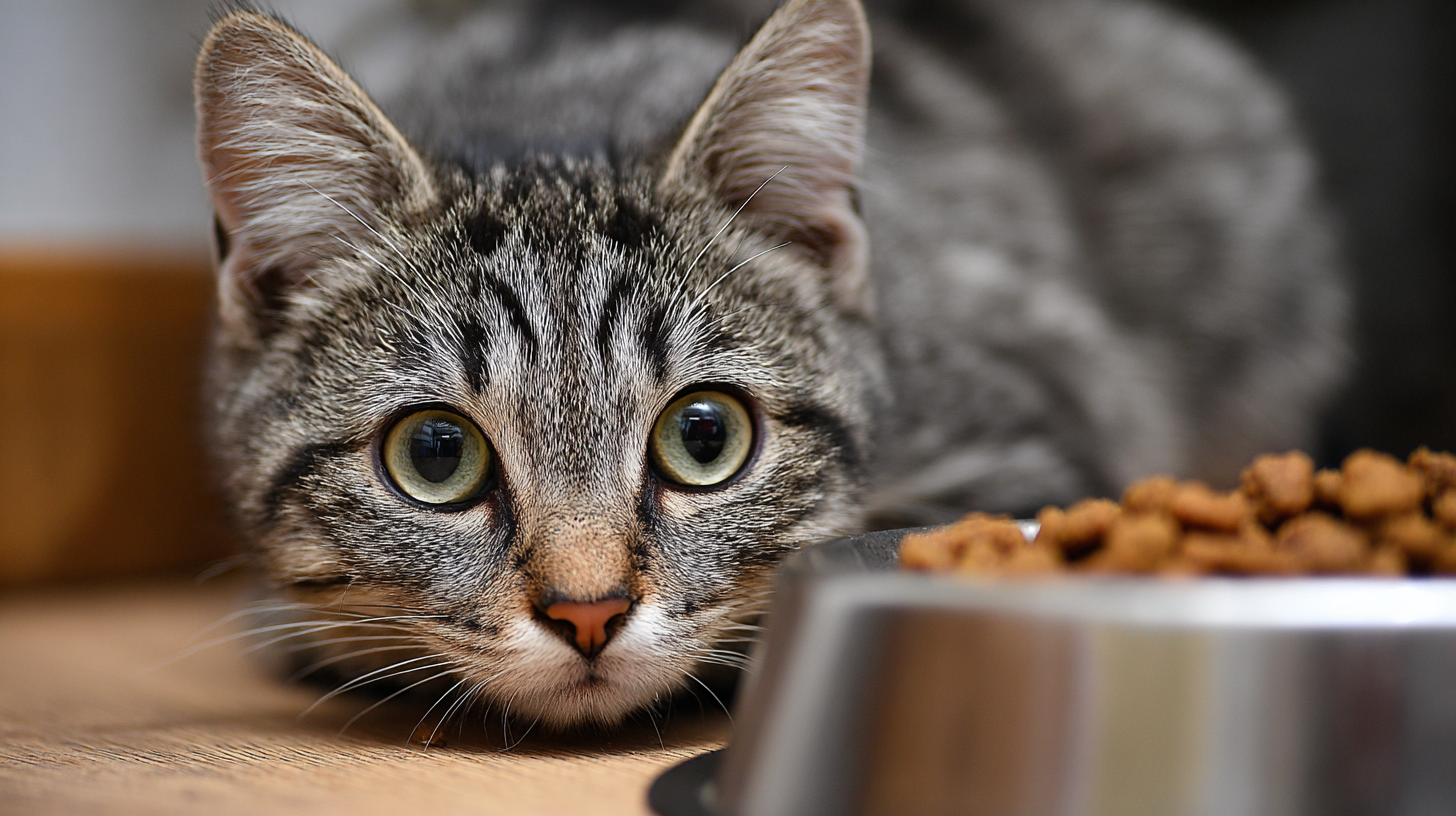
Veterinarians are increasingly recommending wet cat food, with around 70% supporting its use for overall feline health. This recommendation is based not only on improved hydration—from the moisture content in wet food—but also on its effectiveness in managing common health issues such as obesity and urinary tract problems.
As the cat therapeutic diet market continues to expand, reaching an estimated USD 3.31 billion by 2033, it is clear that understanding the nutritional needs of cats is becoming a priority for many households. This shift highlights the importance of selecting the right diet to ensure optimal health and longevity for our feline companions.

